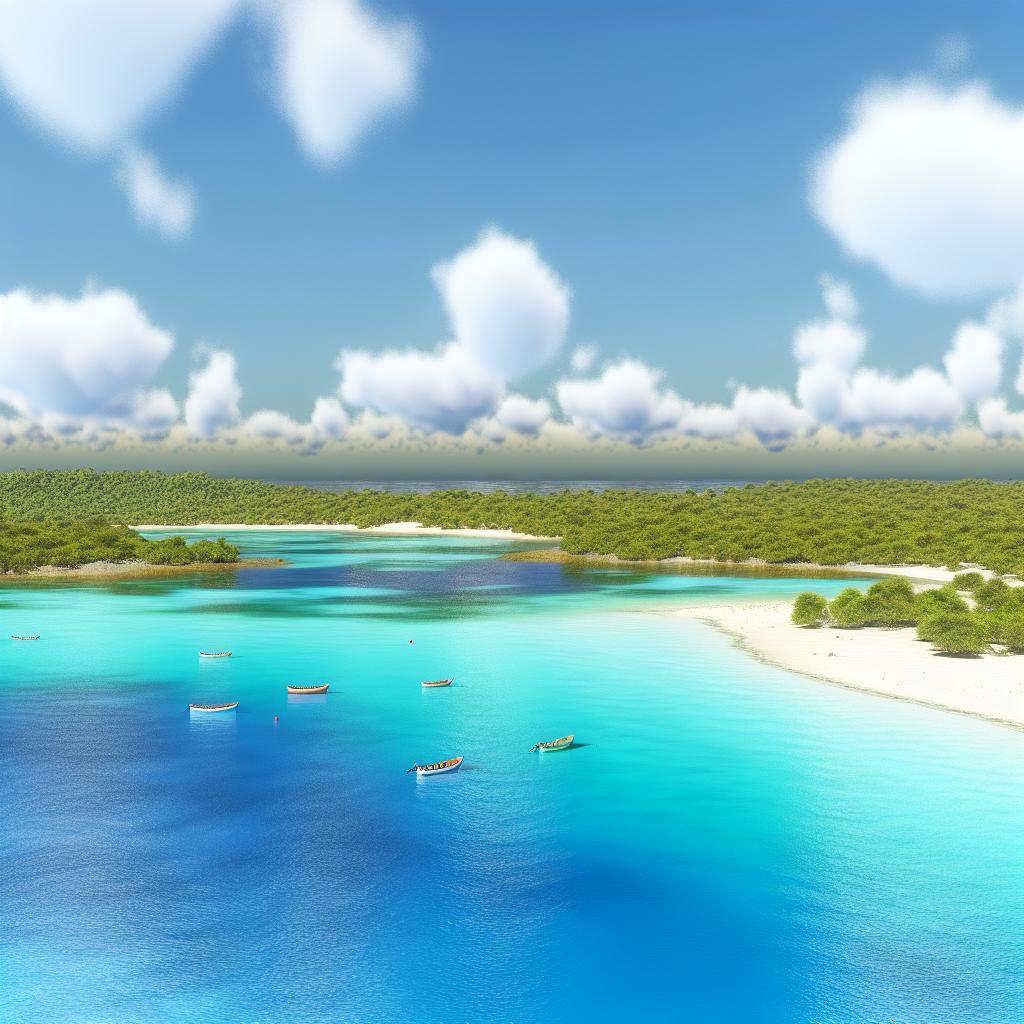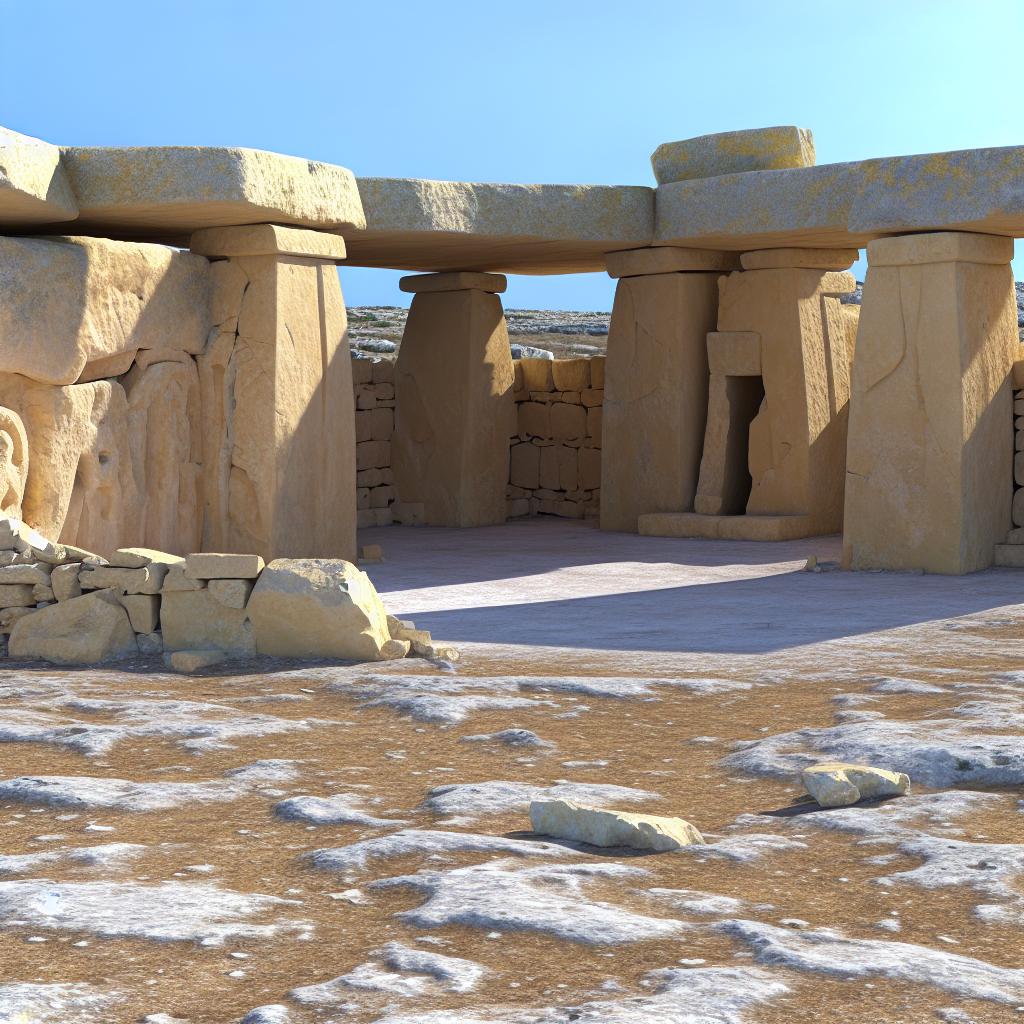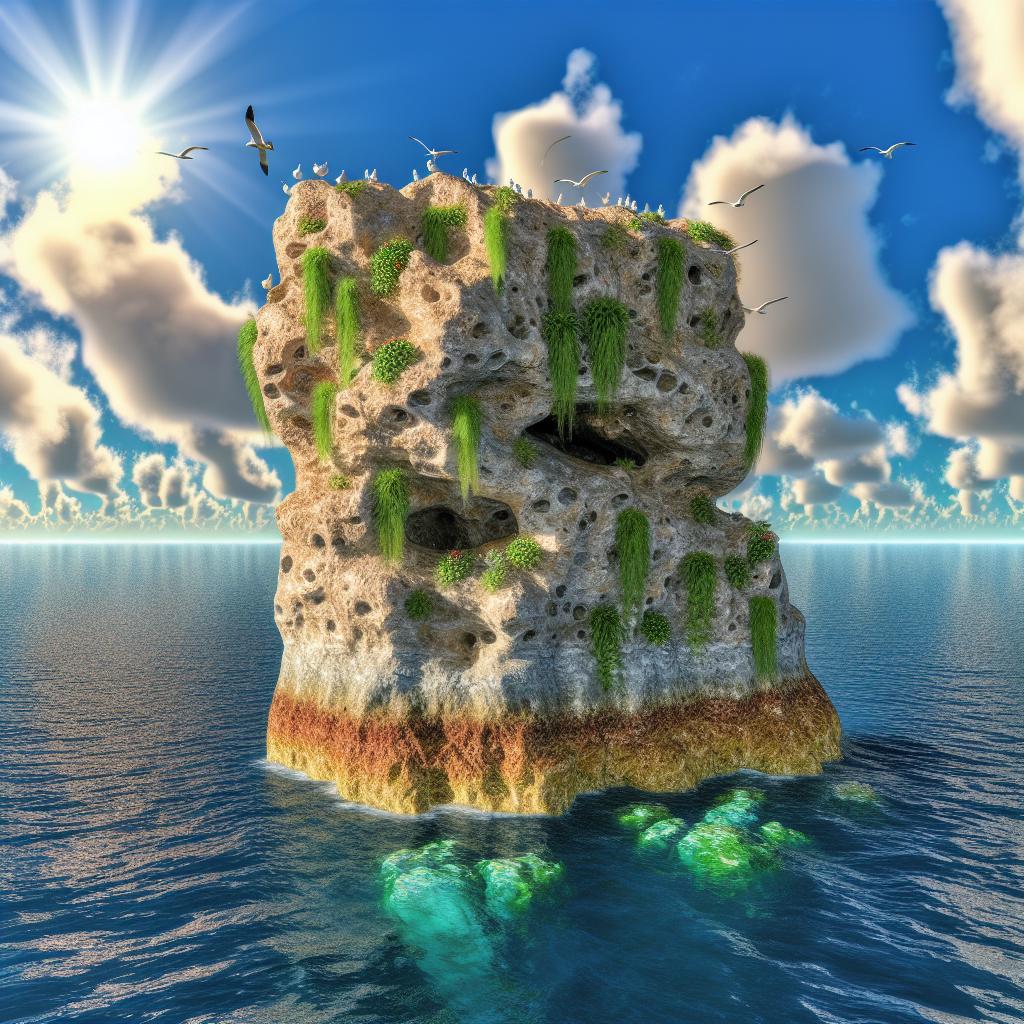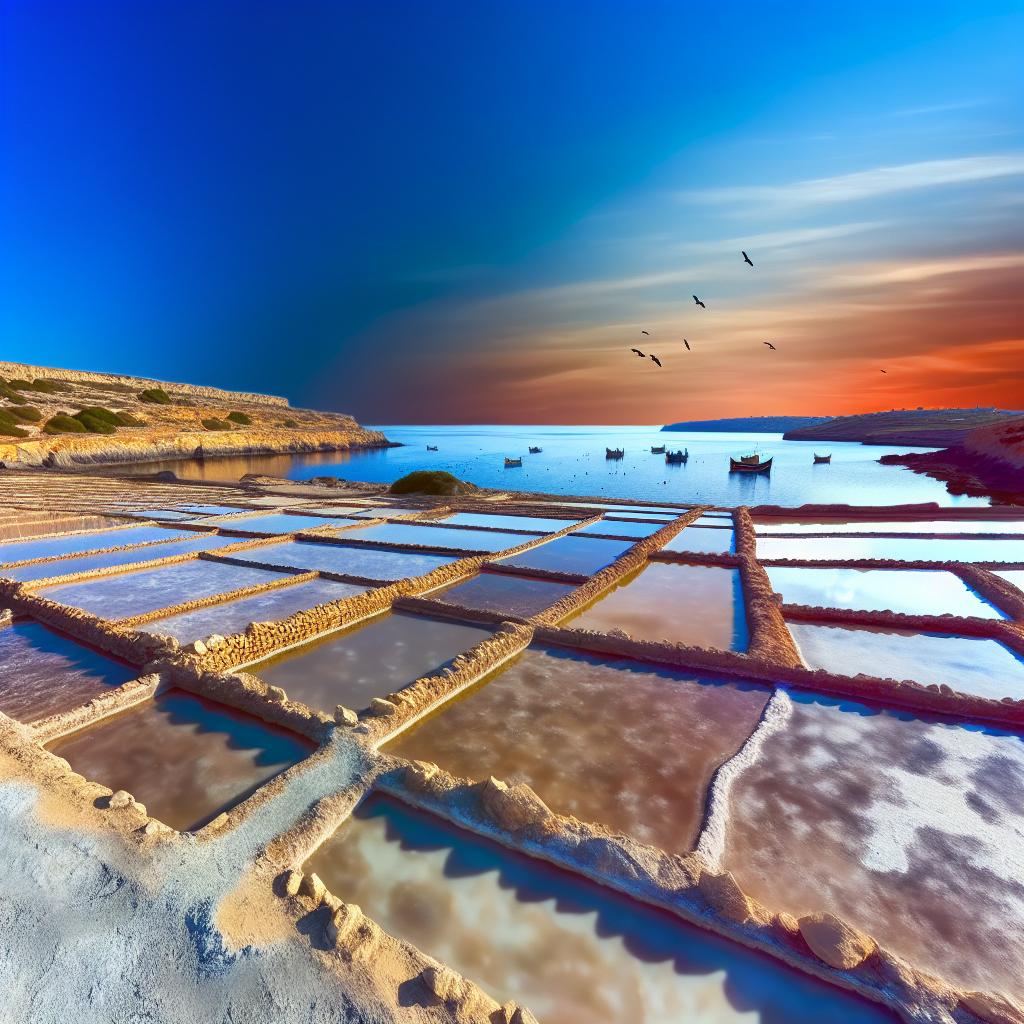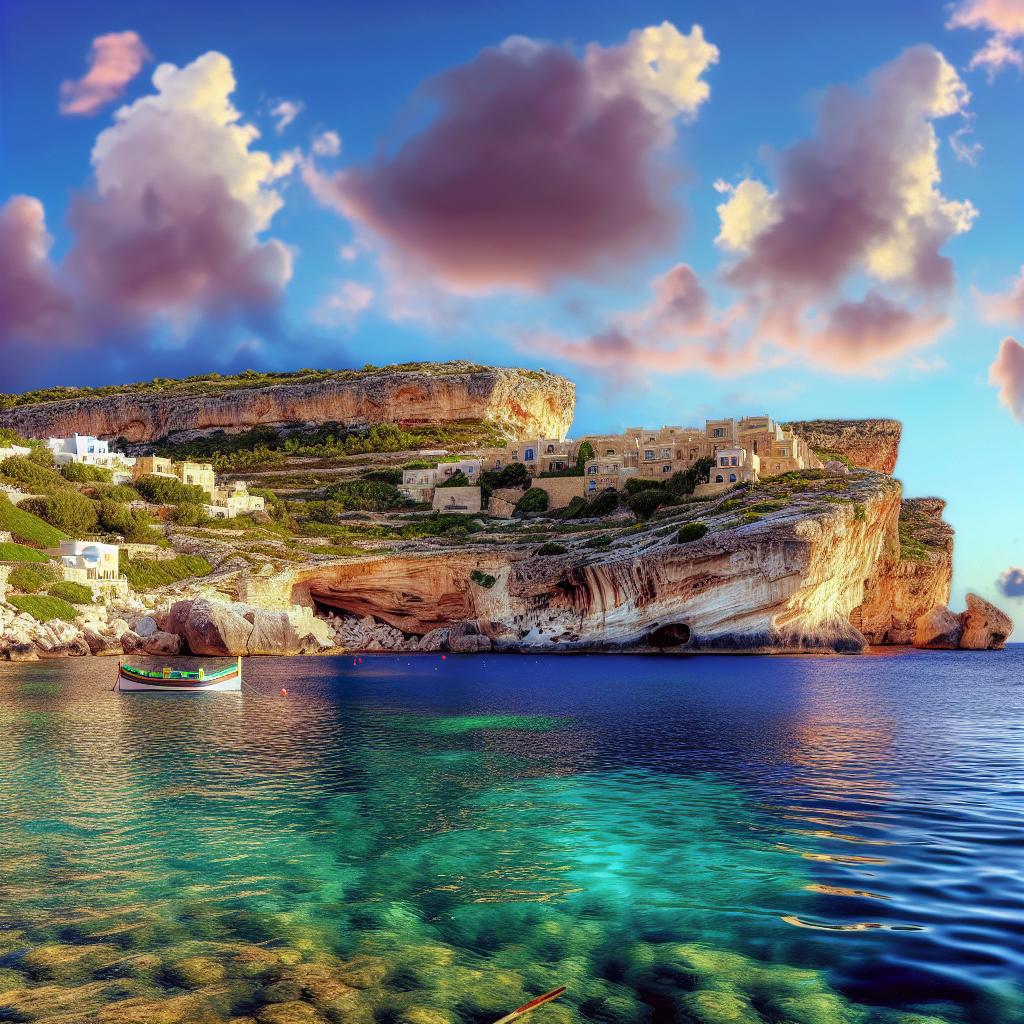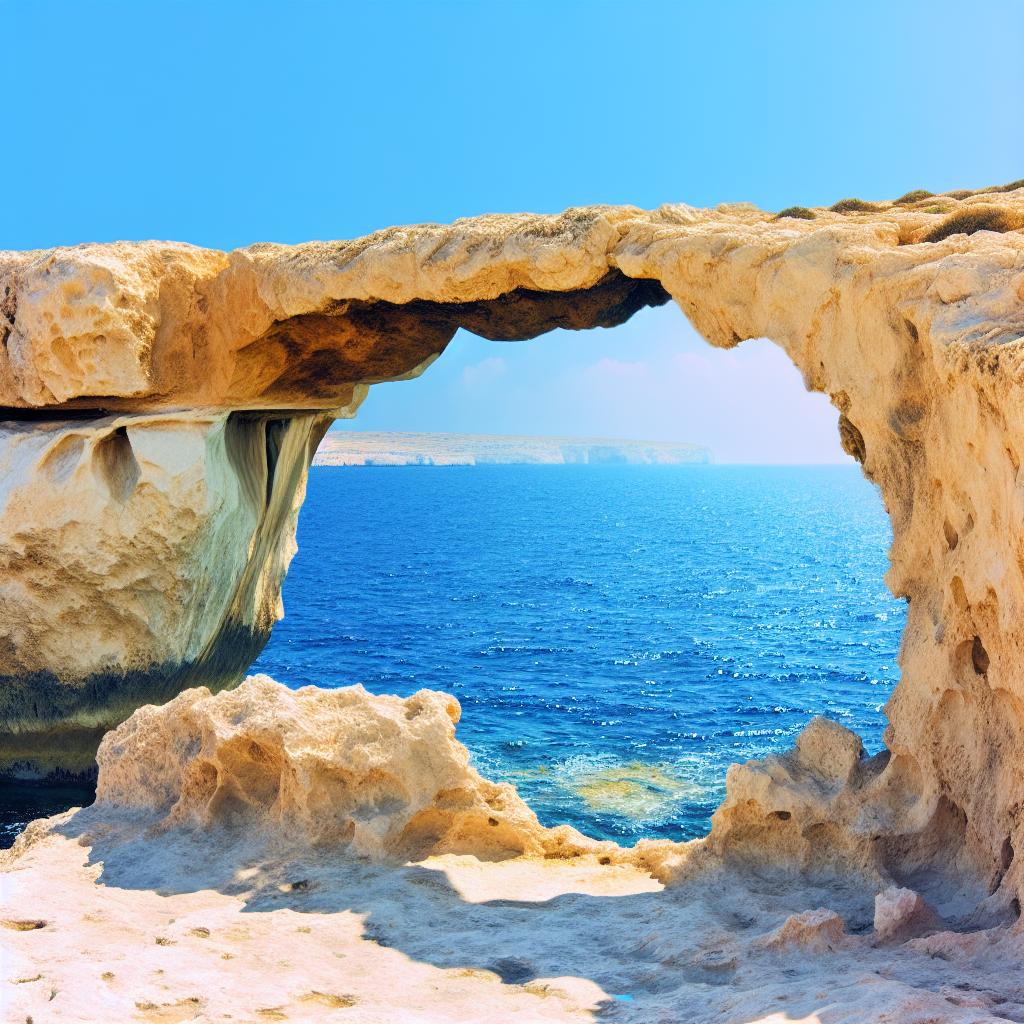Location and Geography
San Blas Bay is a picturesque bay that graces the northeastern coast of Gozo, an island forming part of the Maltese archipelago snugly situated in the Mediterranean Sea. This bay is renowned for its strikingly unique orange-red sand which contrasts vividly with the clear aqua-blue waters of the bay. The vibrant colors provide a stunning backdrop, enhancing the serene environment that defines this secluded spot on Gozo.
The island of Gozo itself is the second-largest island in the Maltese archipelago, known for its scenic landscapes, rural environment, and historic edifices. Amidst this backdrop, San Blas Bay stands apart, offering visitors a taste of untouched nature. Its location amidst the rocky coastline of Gozo presents a distinctive landscape that speaks of centuries of natural sculpting by sea winds and waves.
Access and Transport
Though San Blas Bay is an enticing destination, it is somewhat challenging to reach compared to other more accessible beaches on the island. Visitors typically head to the bay via cars or make use of available public transport options. This is due to the bay’s relatively remote positioning and its access road, which tends to be both steep and narrow. As a precaution, most vehicles are required to be parked a distance away, obligating visitors to cover the final stretch on foot.
For those visiting during peak tourist seasons, local services provide transport assistance, primarily for individuals who may find the walk arduous. This service ensures that the bay can be enjoyed by visitors of varying ages and physical capabilities. Despite the effort required to get there, the journey is often considered part of the adventure, augmenting the anticipation of reaching such an exquisite beach.
Activities
San Blas Bay has gained popularity primarily due to the variety of activities it supports, most notably swimming, snorkeling, and relaxing beneath the sun. The bay’s tranquil, crystal-clear waters create favorable conditions for those keen on diving under and exploring the rich marine life thriving just beneath the surface. Expect to encounter a multitude of colorful fish and unique aquatic plants, presenting a real paradise for underwater enthusiasts.
For those less inclined to dive into the depths, sunbathing on the sandy shore provides a perfectly relaxing alternative. The beach’s natural elegance offers an exceptional backdrop for unwinding and disconnecting from the hustle and bustle of daily life. It is worth noting that while this idyllic spot lacks the extensive facilities found in more commercialized beach areas, its unrefined charm draws in visitors eager to soak in a genuinely relaxed and peaceful atmosphere.
Environmental Conservation
The bay, along with its surrounding terrains, is actively involved in conservation efforts aimed at preserving its natural beauty and preventing environmental degradation. Such efforts are spearheaded by local authorities in collaboration with various environmental organizations, focusing on promoting sustainable tourism practices.
Visitors are strongly encouraged to participate in these conservation endeavors by minimizing waste production and refraining from disrupting the natural habitats of the local flora and fauna. Educational programs and materials may be available to help tourists understand the importance of maintaining a clean and balanced ecosystem within the bay and its surrounds.
Amenities
Given its more natural setting, San Blas Bay does not boast an abundance of commercial amenities. However, during the summer months, a small kiosk often opens, offering refreshments and light snacks to beachgoers. This serves as a convenient spot to grab a quick bite during a long day at the beach.
Visitors are encouraged to bring their own supplies, particularly during the off-peak season when the kiosk may not be operational. Items such as sunblock, water, snacks, and other personal necessities are recommended. The limited commercial amenities again play into the bay’s allure, as it remains unspoiled and true to its natural roots.
Nearby Attractions
For individuals looking to expand their exploration beyond the bay, Gozo offers a variety of points of interest, including historical sites, stunning natural landmarks, and engaging cultural attractions. Among these is the famous Azure Window, which despite its collapse, remains a beloved memory for many visitors. Another noteworthy site is the fortified Cittadella located in Victoria, offering a glimpse into Gozo’s storied past through its well-preserved structures and exhibitions.
While Gozo is a small island, it is dense with culture and history, welcoming tourists to unravel its rich tapestry through further exploration. Detailed information regarding such attractions can often be found on resort websites, travel blogs, or local tourism guides, many of which are accessible with a simple click.
Conclusion
San Blas Bay stands as an exquisite destination for those journeying to Gozo. It offers a striking blend of untouched natural beauty paired with tranquility that is increasingly hard to find. While reaching the bay may demand a bit of endeavor, visitors are rewarded with a beach experience unspoiled by intricate commercial touches.
The bay serves as a vital emblem of how sustainable tourism can help preserve the pristine quality of natural environments, ensuring that places like San Blas remain an inviting and unblemished haven for generations to come.

